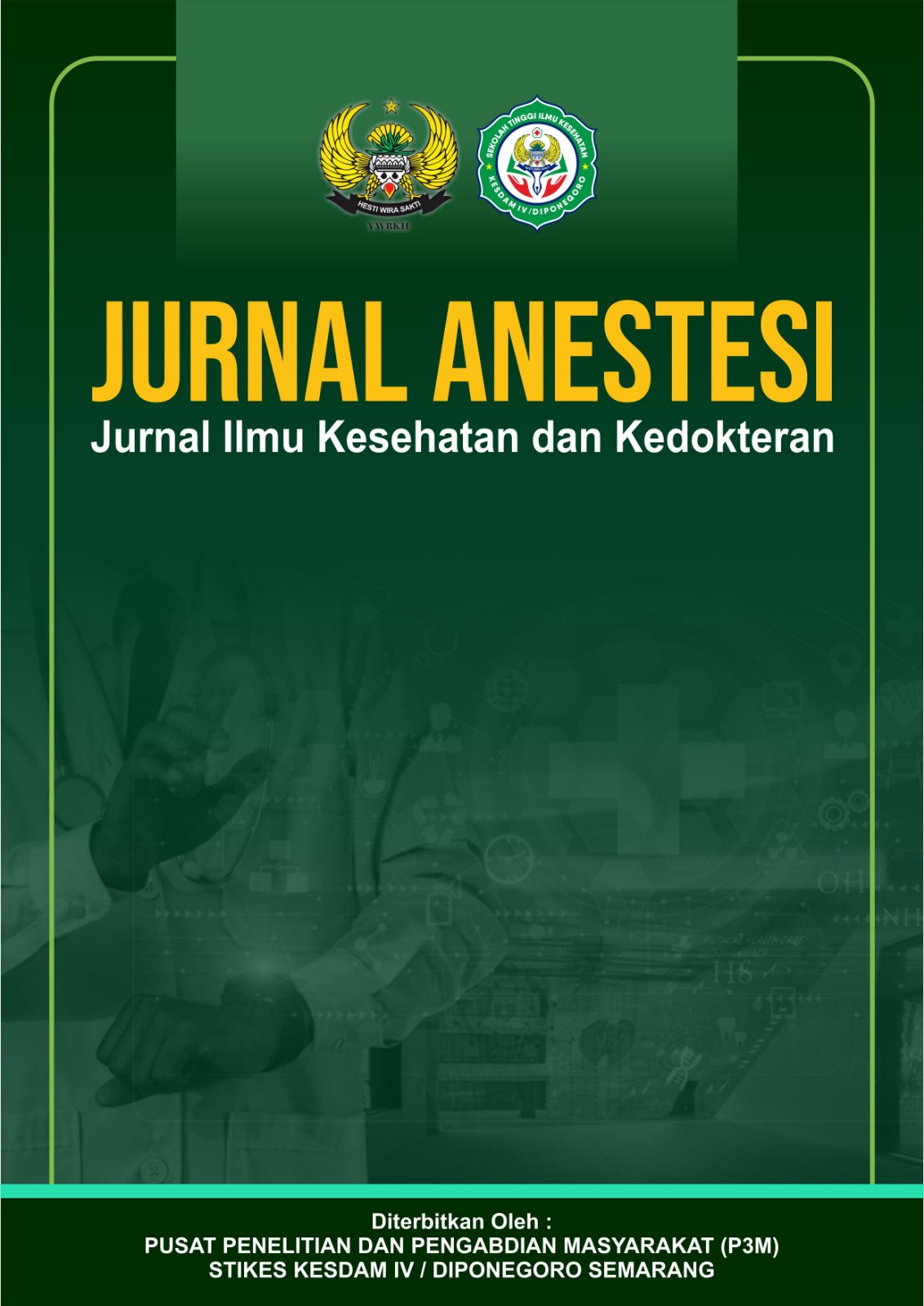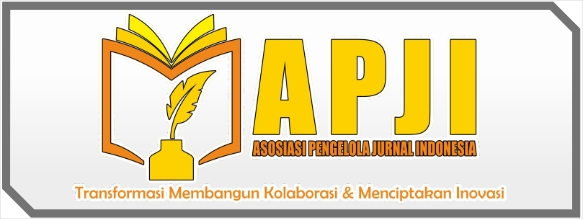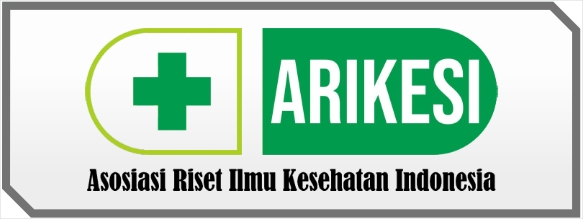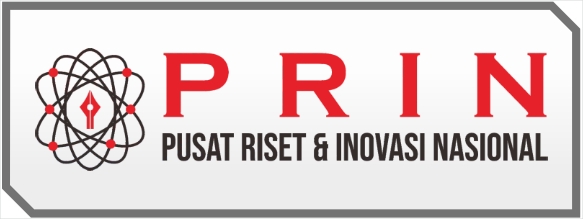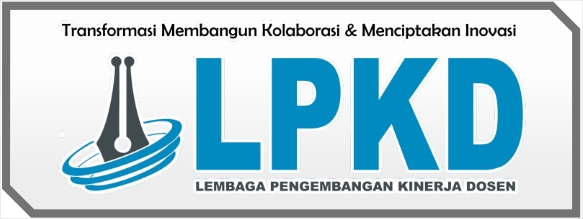Tatalaksana Jalan Napas
DOI:
https://doi.org/10.59680/anestesi.v3i2.1731Keywords:
Airway Management, Difficult Airways, DoctorAbstract
To become proficient in airway management, a physician must have a thorough understanding of the relevant anatomy, physiology, and pathology of the airway. Knowledge of the tools and techniques used in airway management is essential. In addition, understanding the indications, contraindications, and potential complications of endotracheal intubation is also crucial. Ensuring proper endotracheal tube (ETT) placement remains essential. Clinicians also need to recognize the differences between the airways in adults, children, and neonates, and master strategies for managing difficult airways, as part of the effort to achieve safe and effective airway control.
References
American Society of Anesthesiologists. (2013). Practice guidelines for management of the difficult airway—An updated report by the American Society of Anesthesiologists Task Force on Management of the Difficult Airway. Journal of the American Society of Anesthesiologists, 118(2).
Barash, P. G. (Ed.). (2013). Clinical anesthesia (7th ed.). Wolters Kluwer, Lippincott Williams & Wilkins
Bingham, R. M., & Proctor, L. T. (2008). Airway management. Pediatric Clinics of North America, 55(4), 873–886.
Galvin, I., Drummond, G. B., & Nirmalan, M. (2007). Distribution of blood flow and ventilation in the lung: Gravity is not the only factor. British Journal of Anaesthesia, 98, 420–428.
Hagberg, C., Georgi, R., & Krier, C. (2005). Complications of managing airway. Best Practice & Research Clinical Anaesthesiology, 19(4), 641–659.
Harde, M., Bawankar, T., & Bhadede, R. (2015). Ear, nose, and throat emergencies and anesthesia. International Journal of Otorhinolaryngology Clinics, 1, 28–34.
Henlin, T., Michalek, P., Tyll, T., et al. (2014). Oxygenation, ventilation, and airway management in out-of-hospital cardiac arrest: A review. Hindawi Publishing Corporation, 1–7.
Latief, S. A., Suryadi, K. A., & Dachlan, M. R. (2009). Petunjuk praktis anestesiologi (2nd ed.). Fakultas Kedokteran Universitas Indonesia.
Manchini, M. E. (2000). Prosedur keperawatan darurat. EGC.
McGrath, B. A., Bates, L., Atkinson, D., & Moore, A. (2012). Multidisciplinary guidelines for the management of tracheostomy and laryngectomy airway emergencies. Anaesthesia, 67, 1025–1041.
Morgan, G. E., Mikhail, M. S., & Murray, M. J. (2006). Clinical anesthesiology (4th ed.). Lange Medical Book.
Ollerton, J. E. (2007). Adult trauma clinical practice guidelines: Emergency airway management in the trauma patient. NSW Institute of Trauma and Injury Management.
Prasenohadi. (2010). Manajemen jalan napas: Pulmonologi intervensi dan gawat darurat napas. Fakultas Kedokteran Universitas Indonesia.
Sofirina, H., Yustisa, D., Doddy, T., & Eri, S. (2016). Perbandingan angka keberhasilan pemasangan laryngeal mask airway (LMA) jenis klasik pada usaha pertama antara teknik balon dikempiskan dan dikembangkan sebagian pada pasien dewasa. Jurnal Anestesi Perioperatif, 4(1), 30–35.
Wilson, W. C., Grande, C. M., & Heyt, D. B. (2007). Trauma emergency resuscitation perioperative anesthesia surgical management (Vol. 1). Informa Health Care.
Wong, P., Wong, J., & Mok, M. (2016). Anesthetic management of acute airway obstruction. Singapore Medical Journal, 57(3), 110–117.

